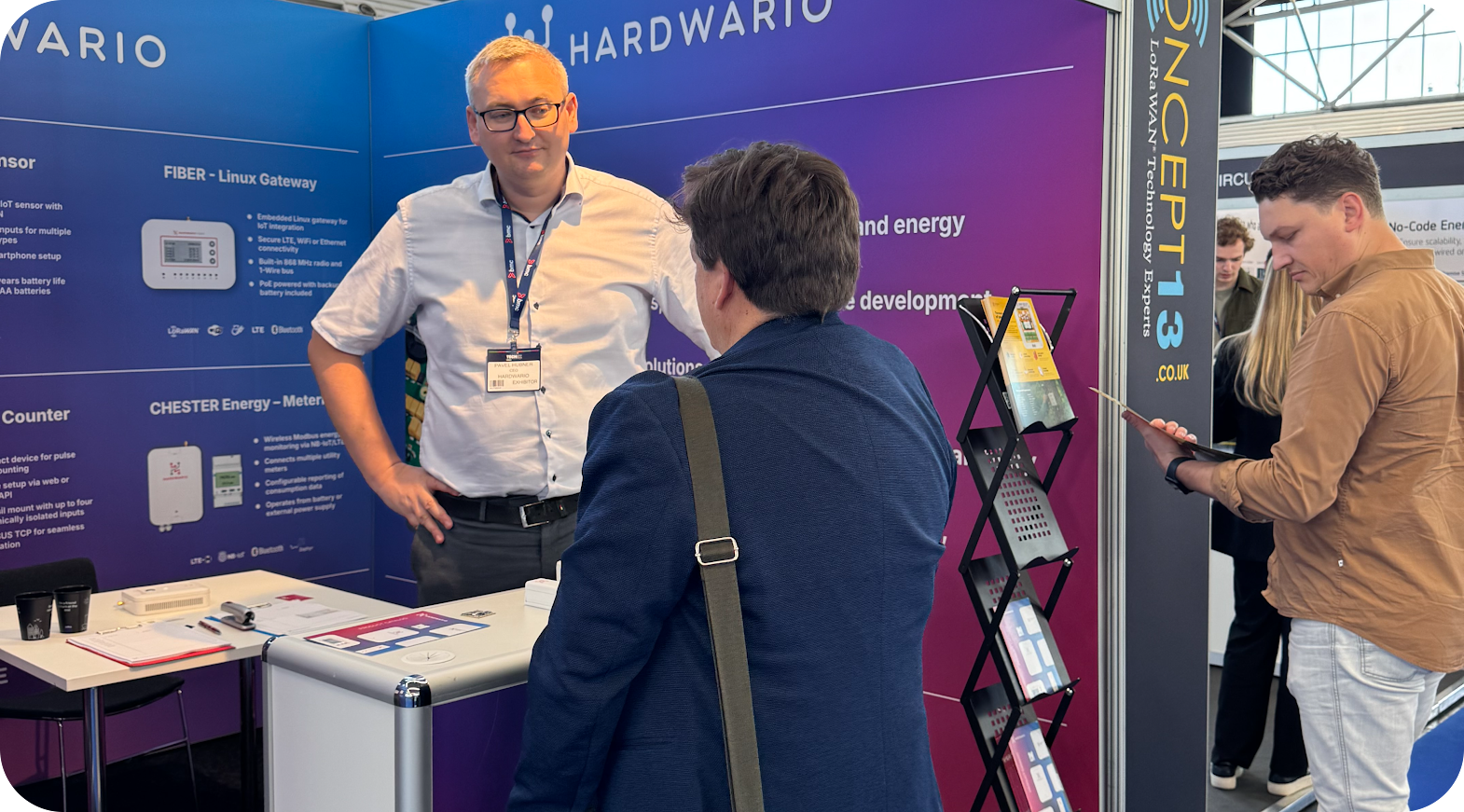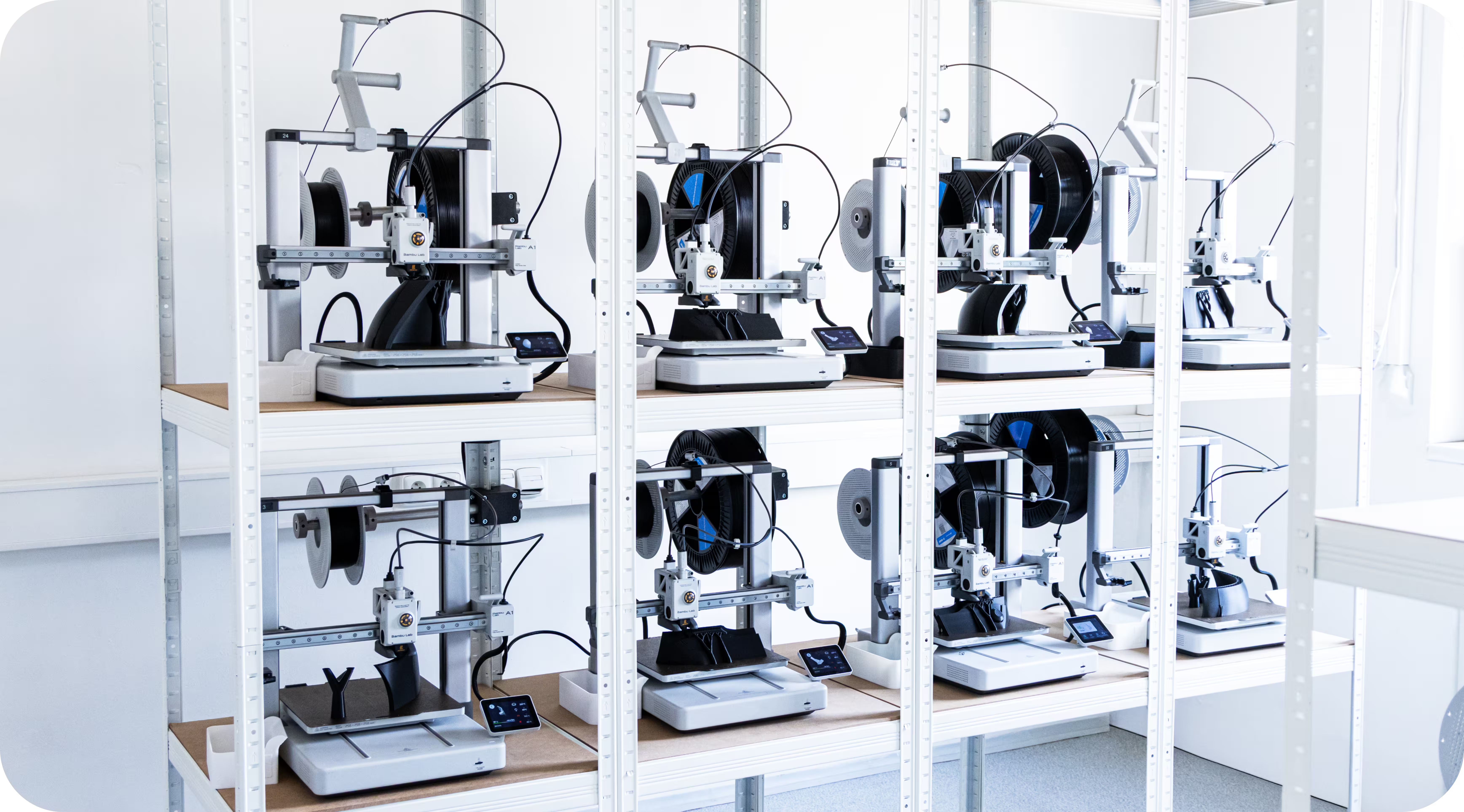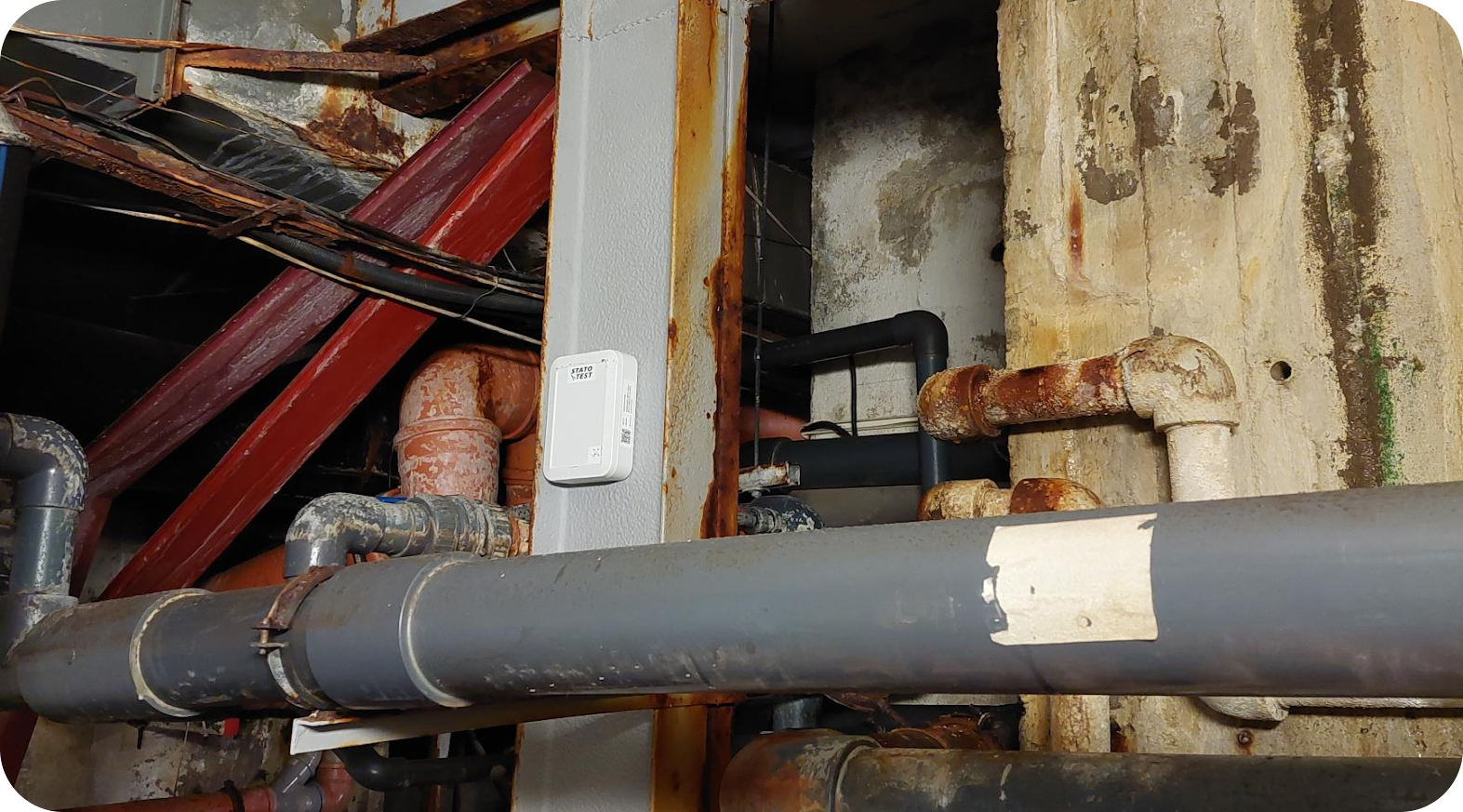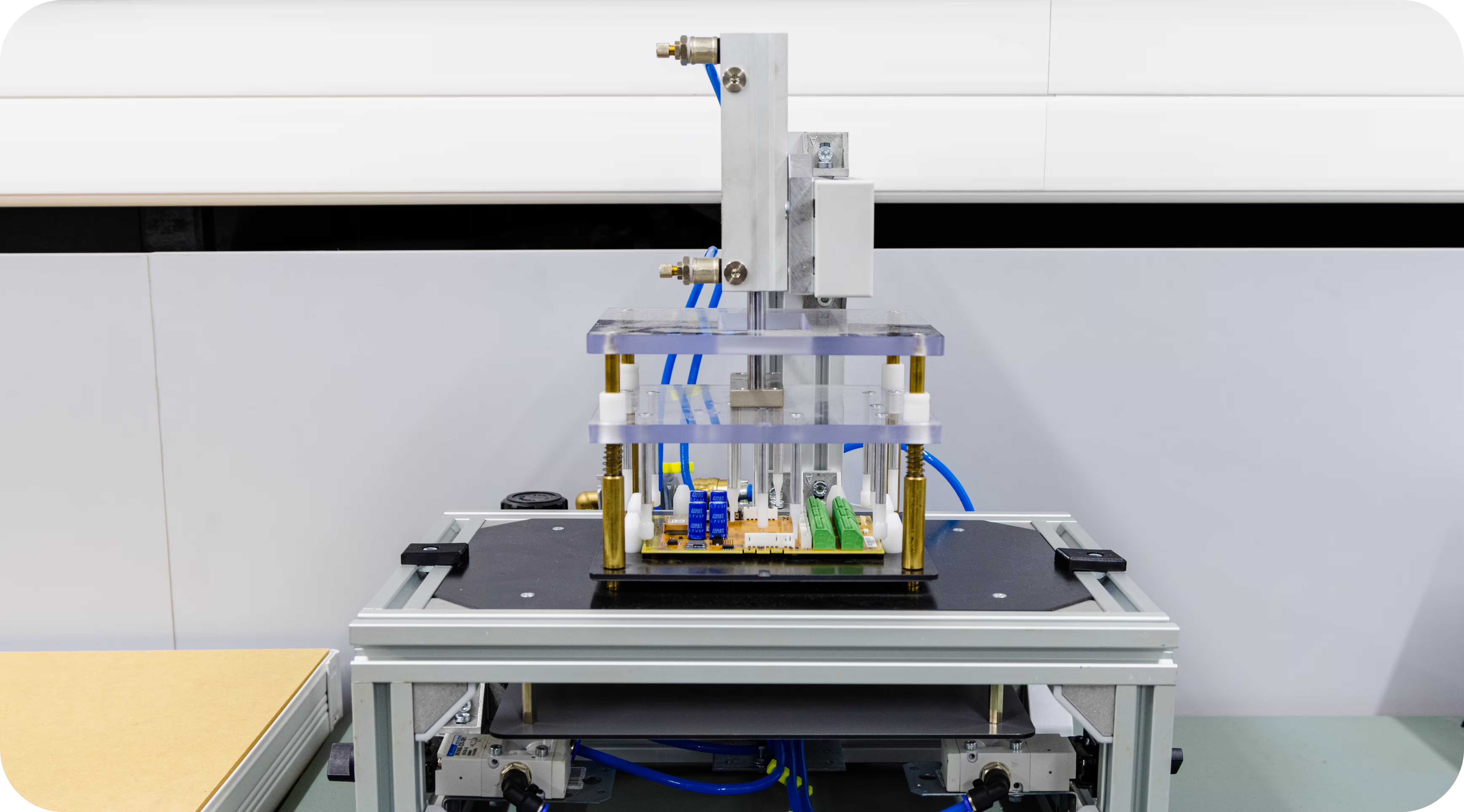
Blog
26
August
2025
No Compromises on Quality: How We Test Our IoT Devices
At HARDWARIO, we strive to ensure that every product reaches the customer in the best possible quality. That is why we have established several levels of testing that help us achieve this goal. Every unit is also tested right before shipping to avoid potential complaints and guarantee reliability in the field.
Testing begins in the earliest stages of production, starting with manufacturing the PCB itself. Our EMS partner performs a thorough inspection of the boards, and after soldering THT components, we carry out an optical inspection directly in-house. Once that step is complete, the board undergoes verification using either an automatic or semi-automatic tester.
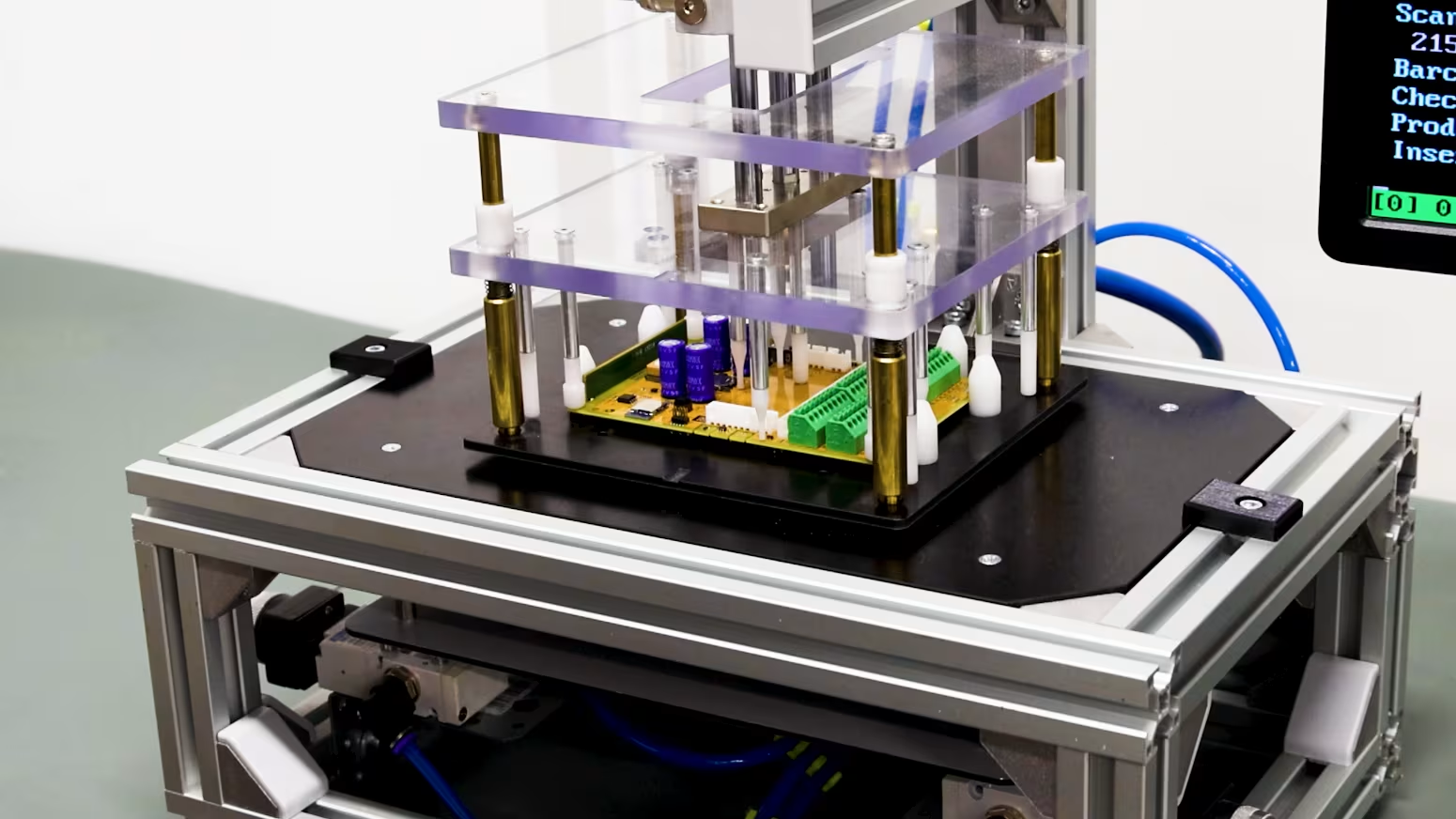
We use a fully automated tester for high-volume production, such as with the CHESTER-M model. This system consists of a bed of nails, a power supply, measuring instruments, and flashing tools. After assembly, each board is assigned a serial number and placed into the tester. Compressed air is used to press it onto the bed of nails. The testing sequence has started.
During the process, the board is initially flashed with firmware for the processor and modems. LTE and LoRaWAN communication is verified, power consumption and voltage sources are measured, internal sensors are tested, and many other checks are performed. All data is automatically stored in our production portal, where we can review detailed test logs and evaluate how each unit performed. If a defect is detected, the unit is set aside and repaired.
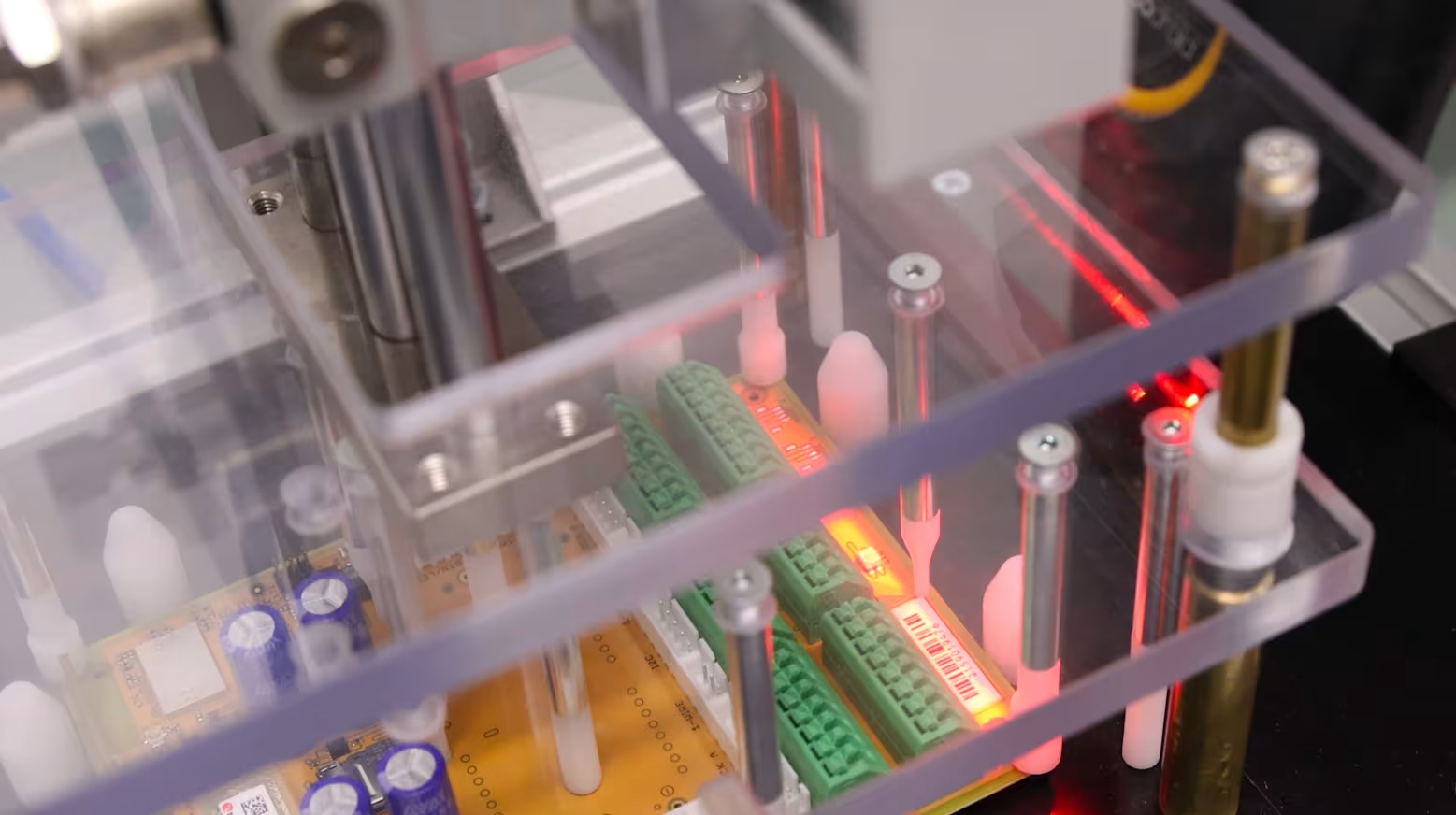
Our Test Wall in Action
At HARDWARIO, we also maintain a dedicated test wall with multiple variants of our devices. Whenever we implement firmware or cloud improvements, we flash them directly onto the products and verify that they run stably, maintain proper power consumption, and behave as expected. Only after this validation do we release new versions as official documentation or use them in products shipped to customers.
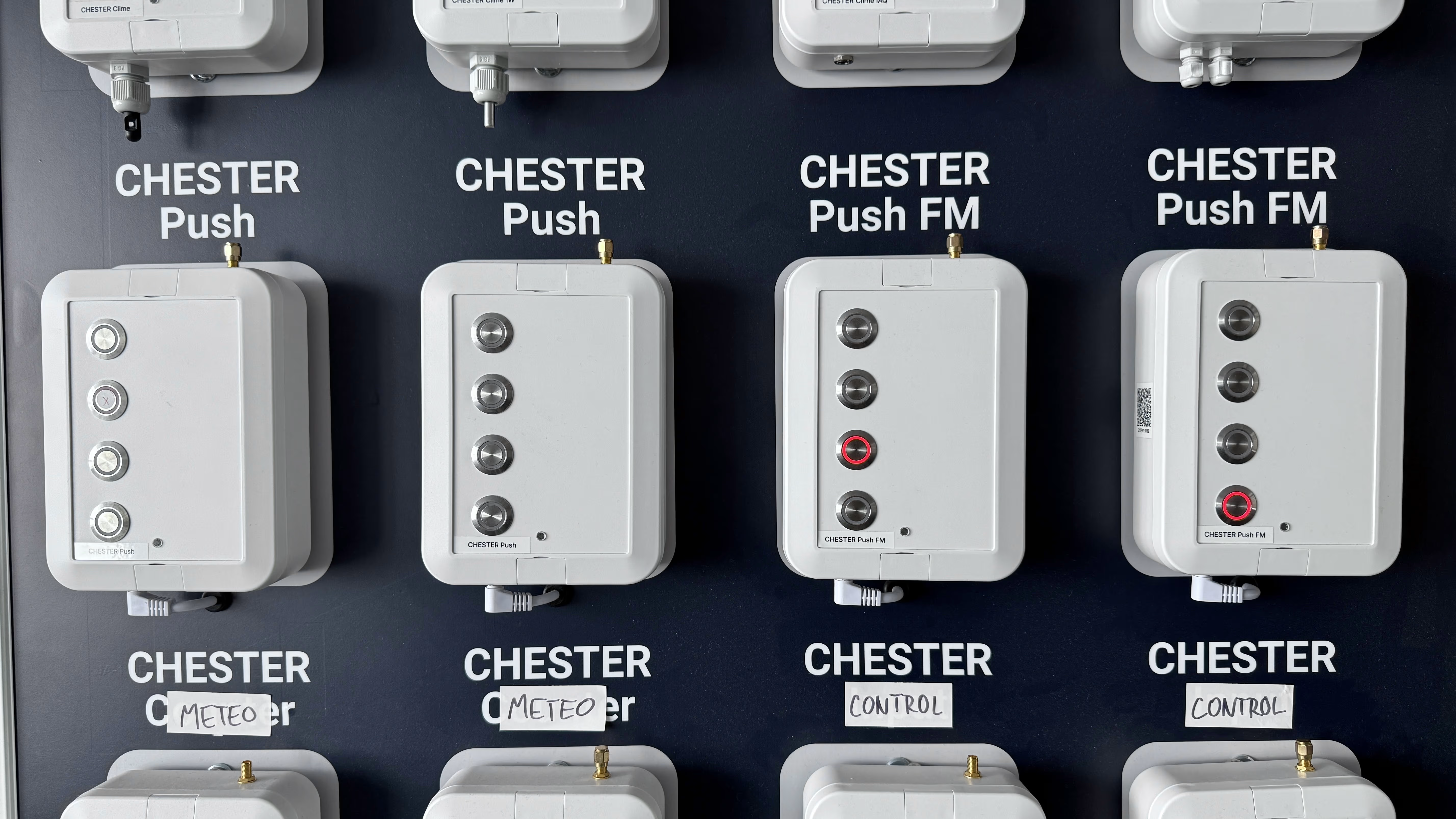
Final Test: Battery Life
The very last step before shipping is the final power consumption test. Because most of our devices are battery-powered and designed for low-power operation, we want to be absolutely sure that they will last as promised in the field.
This test is part of the automated tester for large production batches, but it is performed individually for smaller orders. After completing assembly, loading firmware, and configuring the device, we measure power consumption using a precise multimeter and laboratory power supply. The supply is set to match the expected battery voltage, the device is powered on and allowed to stabilize, and then we monitor its initial transmission and connection to the cloud. If the device meets the required parameters, it is packed and sent to the customer.
Follow our blog for more behind-the-scenes looks at how we approach testing and production. If you are interested in learning more about our manufacturing or how we test the durability of our products, you can find additional articles there.
Štěpán Danko
Hardware Engineer

